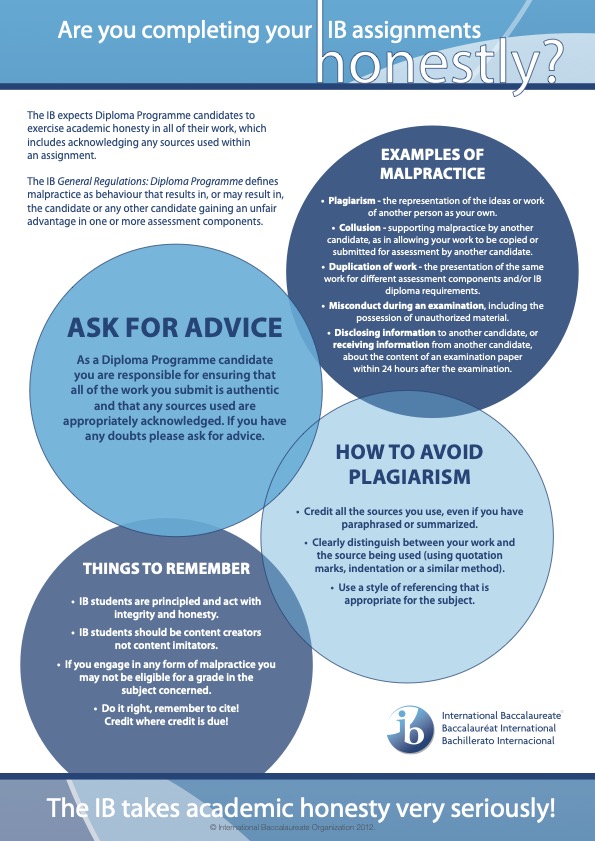
From the University of Washington State:
Primary sources include documents or artifacts created by a witness to or participant in an event. They can be firsthand testimony or evidence created during the time period that you are studying.
Primary sources may include diaries, letters, interviews, oral histories, photographs, newspaper articles, government documents, poems, novels, plays, and music. The collection and analysis of primary sources is central to historical research.
Note about primary sources: While there are many digital primary resources available, it is very important to remember that the majority of primary sources have not yet been digitized.
Secondary sources analyze a scholarly question and often use primary sources as evidence.
Secondary sources include books and articles about a topic. They may include lists of sources, i.e. bibliographies, that may lead you to other primary or secondary sources.
Databases help you identify articles in scholarly journals or books on a particular topic.




These three ways of incorporating other writers' work into your own writing differ according to the closeness of your writing to the source writing.
Quotations must be identical to the original, using a narrow segment of the source. They must match the source document word for word and must be attributed to the original author.
Paraphrasing involves putting a passage from source material into your own words. A paraphrase must also be attributed to the original source. Paraphrased material is usually shorter than the original passage, taking a somewhat broader segment of the source and condensing it slightly.
Summarising involves putting the main idea(s) into your own words, including only the main point(s). Once again, it is necessary to attribute summarized ideas to the original source. Summaries are significantly shorter than the original and take a broad overview of the source material.
Quotations, paraphrases, and summaries serve many purposes. You might use them to:
OTHER HELPFUL WEBSITES FOR QUOTING, PARAPHRASING, AND SUMMARISING
The University of Arizona Global Campus - Quoting, Paraphrasing, & Summarizing: Explore 3 ways of including the ideas of others into your academic writing
UNSW Sydney - Paraphrasing, Summarising and Quoting - Quoting, paraphrasing and summarising are all different ways of including the works of others in your assignments.